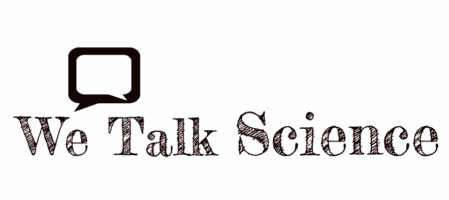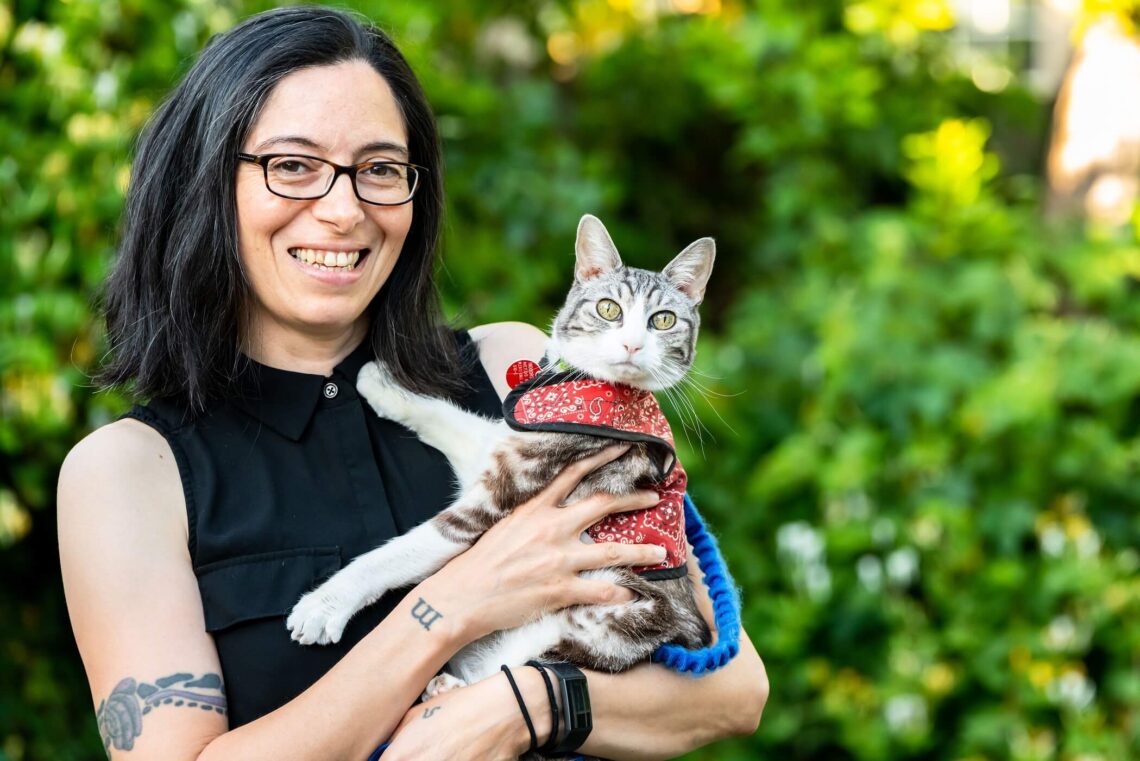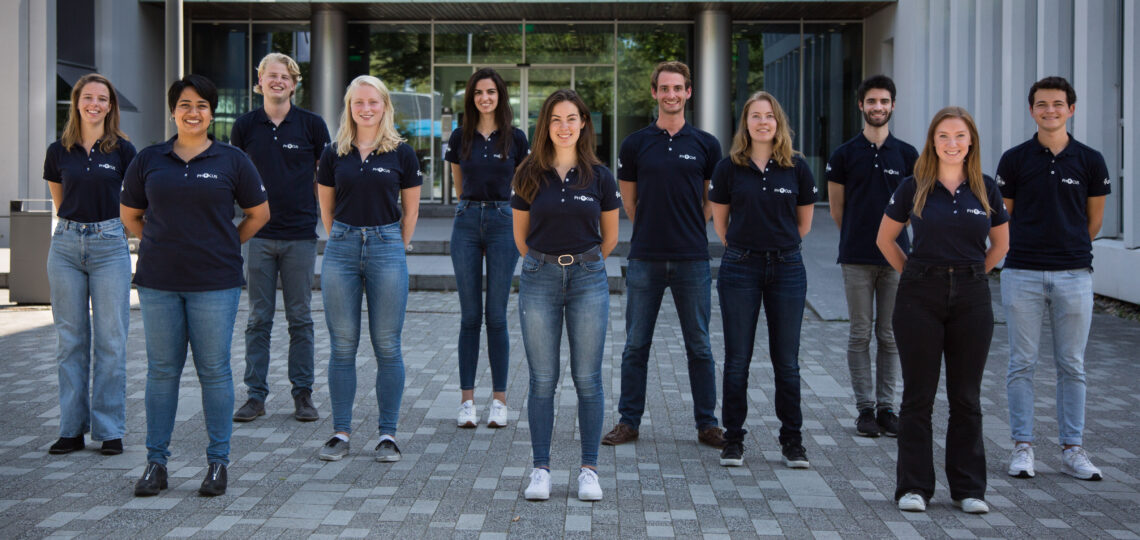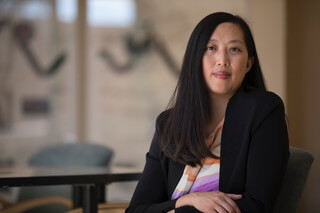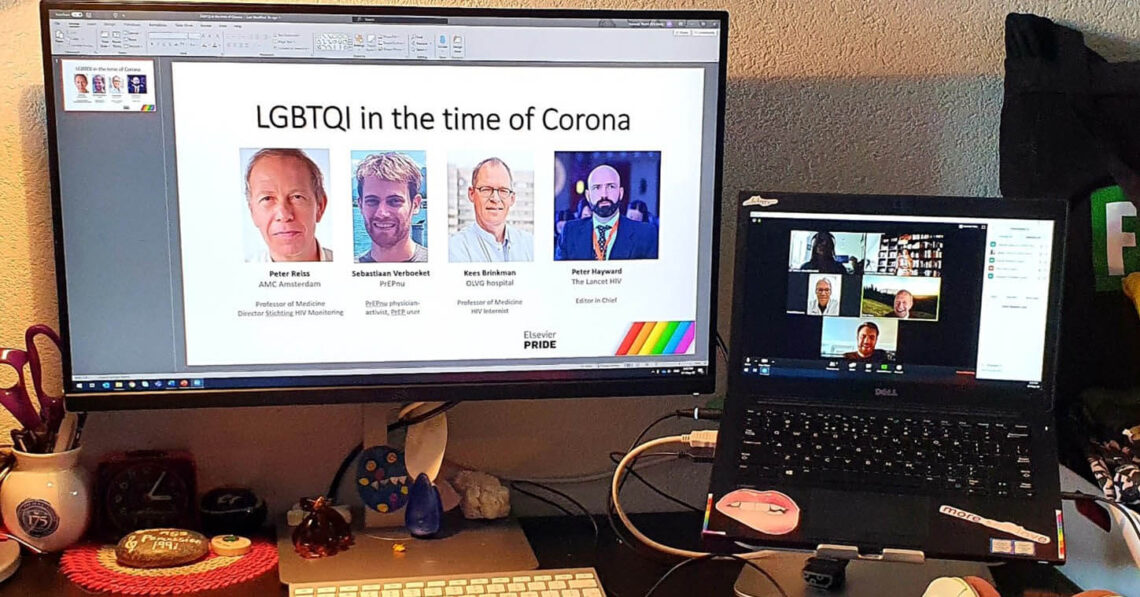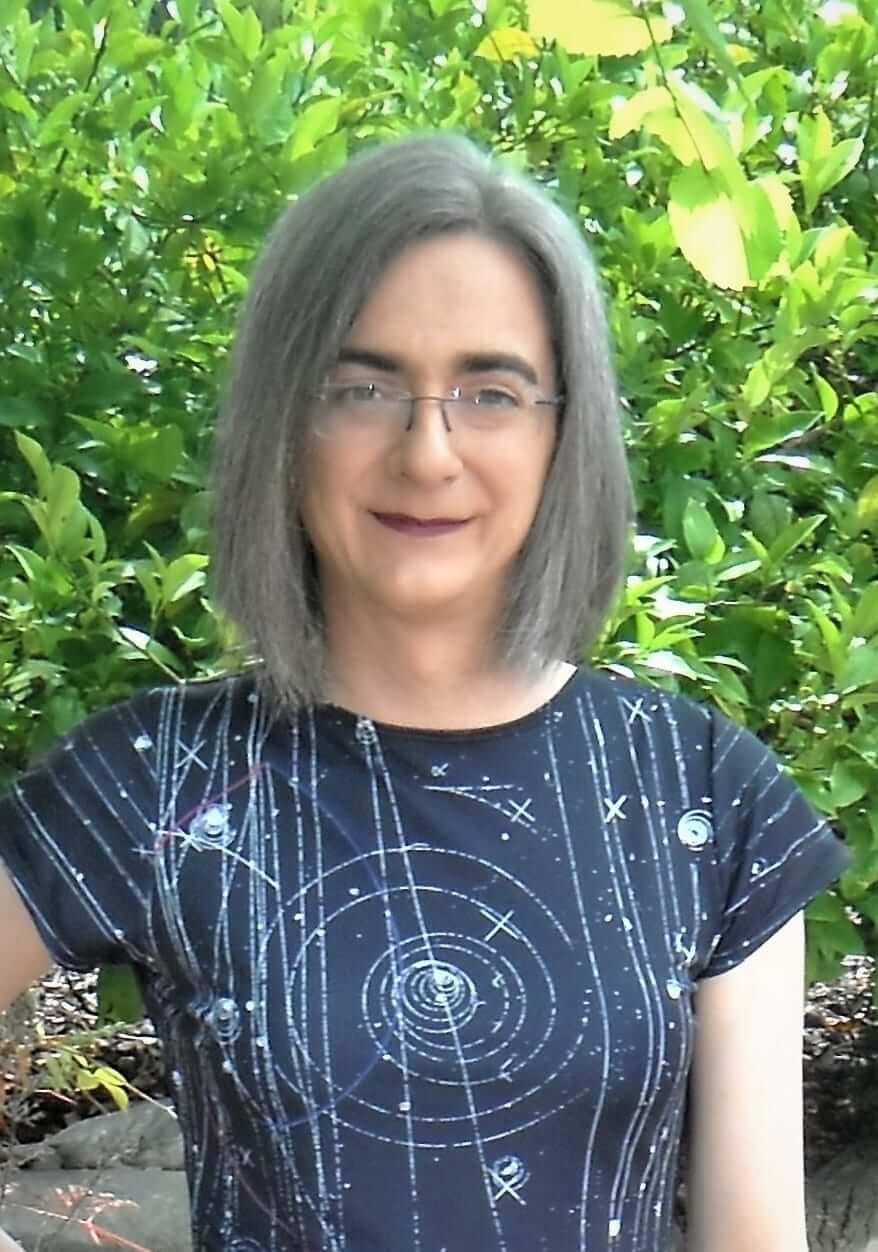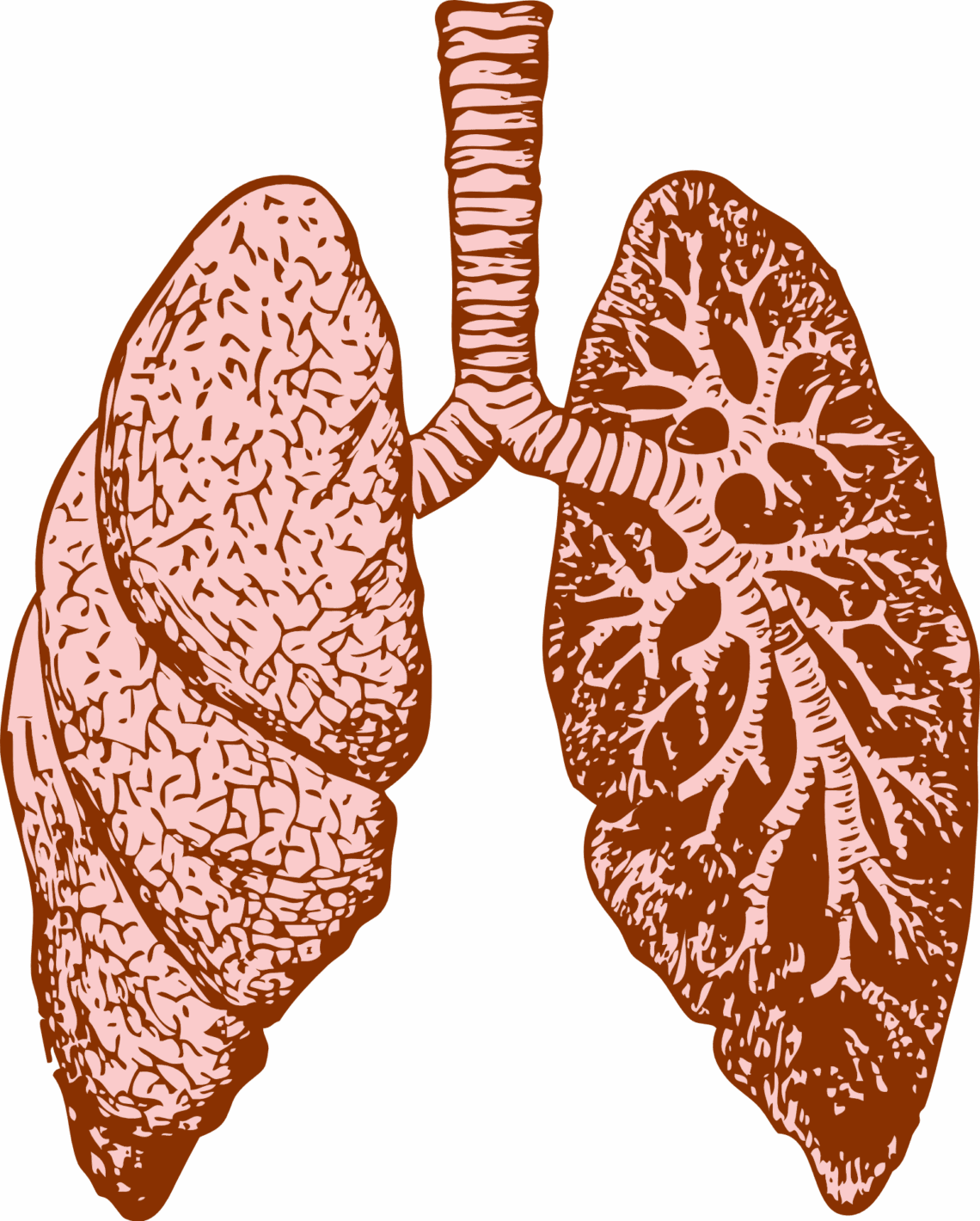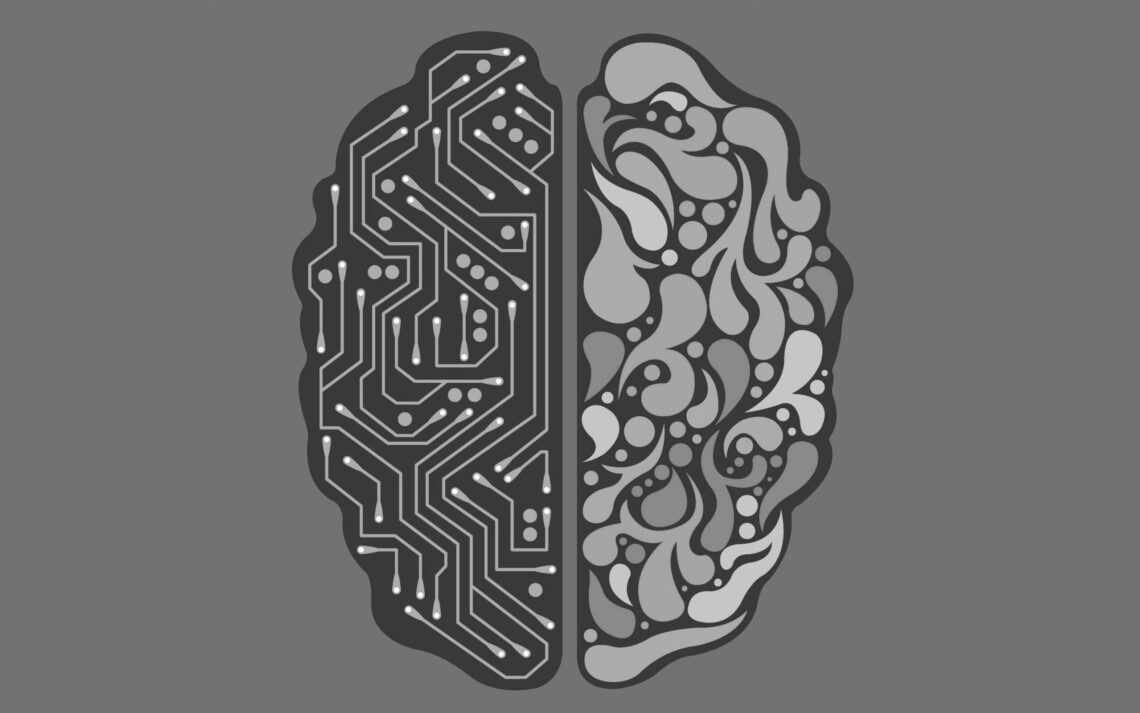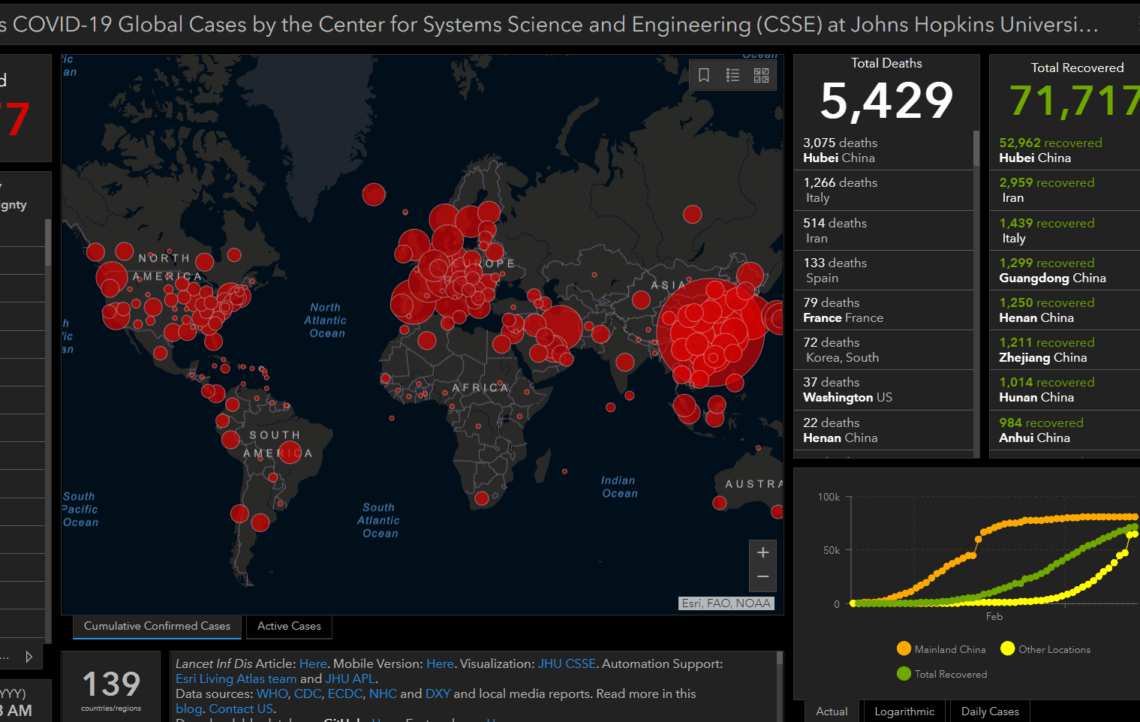But…does my cat love me?? They say the world is divided into two sorts of people, the cat lovers and the dog lovers, never the two shall meet. Cat owners swear by their pets – apparently the most watched content on the internet is that of cats, while others render cats unloving, unreachable, aloof, sometimes even combative. But what is really behind the behavior of a cat? Why do cats do the things they do? Do they really love their owners, or are the owners the real pets? Dr. Mikel Delgado has the dream job as a cat behaviorist, studying…
-
-
A strategy to rid crops of locusts. Massive locust swarms have threatened the food security of communities and cities in East Africa, Asia and the Middle East [1 – 3]. In 2020, eleven ambitious students, representing TU Delft, are competing in iGEM, the largest synthetic biological competition in the world. are working hard to tackle this problem. Their mission is to develop a sustainable bio-pesticide through responsible innovation and collaboration. By engineering a bacteriophage that would hijack the locust microbiome to produce a novel endotoxin, they hope to create a specific, scaleable and biologically safe method to kill locusts when…
-
Running against the clock in AMR The problem of pathogens acquiring resistance to the antimicrobial drugs that we have is a known issue. While we scramble to find new, improved drugs against these superbugs, researchers like Pamela Yeh are looking into how to use combination of the drugs we already have. Here she talks about using 2-, 3- and multi drug combinations and what the implications are in the field of anti-microbial resistance. References Alejandra Rodrı ́guez-Verdug, Natalie Lozano-Huntelman, Mauricio Cruz-Loya, Van Savage, Pamela Yeh. Compounding Effects of Climate Warming and Antibiotic Resistance. https://doi.org/10.1016/j.isci.2020.101024 Pamela Yeh, Ariane I Tschumi &…
-
Recognizing vulnerable communities in pandemics These times of lockdown due to COVID19 are tough for us all. There are some communities however, where there are specific fears and issues that affect them specifically. To look at the science of SARS-CoV2 and how it affects the LGBTQI community, specifically those who are HIV positive, I hosted a panel session as part of the Elsevier Pride ERG. My guests included Prof. Peter Reiss (University of Amsterdam), Dr. Kees Brinkman (OLVG hospital Amsterdam), Sebastiaan Verboekhout (PrEP Nu), and Dr. Peter Hayward (The Lancet HIV). Read the full story, and watch the video: ©…
-
“We’re made of star stuff.” (Carl Sagan) We have had questions about the stars ever since we looked upwards at the sky. How was the universe born? How do stars live and die? How will the universe itself end? And when? I interviewed Dr. Jan Eldridge, who studies stars in our galaxy and those on the edge of observable space, using an algorithm that she built called the Binary Population and Spectral Synthesis code (BPASS, bpass.auckland.ac.nz). Jan gave me some fantastic insights not only into the life cycle of stars, but also about her important work in the LGBTQI sphere and…
-
Microbes like living together, as it turns out. We learn in school that bacteria are single celled organisms, self sufficient in their genetic and protein machinery. However, in nature bacteria and other microbes like fungi actually prefer to live in communities, with heterogeneous populations that confer important properties to the survival of the community. This is called a biofilm. I had the distinct pleasure of interviewing Tom Coenye, who explains the concept of biofilms, and also some of the exciting interdisciplinary research that he has been doing to access the depths of a microbial city (hint: it involves lasers!). Tom…
-
A 3D model for CF could save lives. Cystic Fibrosis (CF) affects around 10,500 people in the UK. The genetic mutation that causes CF leads to the build-up of thick mucus in the airways of the lung. This mucus cannot be cleared without physiotherapy, and people with CF are vulnerable to respiratory infections that are difficult to treat with antibiotics. Various different microorganisms can coexist within the mucus and cause infection. To study infections of the CF lung we need accurate laboratory models. The problem is that bacteria behave differently when grown in artificial models, compared to inside a living…
-
Artificial intelligence squares off with human intelligence. Artificial intelligence or AI is the ability of a computer program or a machine to think and act like humans. A typical AI needs a base of knowledge to assess its environment and takes action to achieve success (1). Interestingly, it has paved its way into many areas of our everyday life already. For instance, these days in Google mails, we have the AI enabled Smart Compose option that inherently predicts our email text and response. Even our Gmail inbox uses AI powered algorithms to make sure our emails are categorized and do…
-
A resource of sane, up-to-date websites on COVID19 It is hard to escape the Corona phenomenon in the media these days, as a deluge of news, blog posts (like this one), memes and jokes hit us left right and center. Along with this of course is the barrage of supposed miracle cures and dooms-day scenarios, which have people going off in a frenzy to hoard supplies like the zombie apocalypse is coming. I have compiled a list of websites below that give accurate, up-to-date and evidence based information on what is happening on the ground. First of all, what is…
-
What is the connection between sugar and cancer? Does sugar cause cancer? If one has cancer, does sugar contribute to its growth? This has been a debatable question for a very long time, but unfortunately there are no simple answers to it. The question has merit, but at the same time it is fueled largely by misinterpreted science. Usually, when there’s sufficient oxygen, healthy cells utilise that to convert glucose (a basic sugar) into energy by the process of aerobic respiration. And when the oxygen is low, the cells use an alternative process, anaerobic respiration, to generate energy from sugar,…
